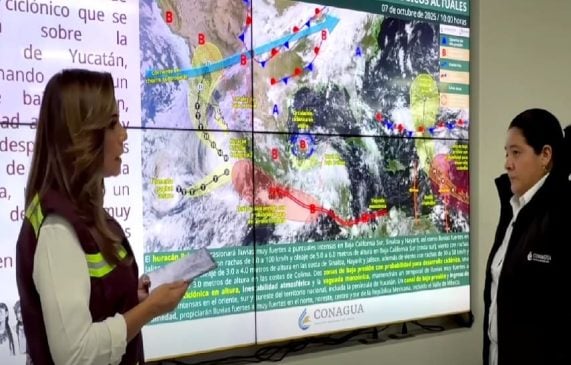Riviera Maya, Q.R. — The hottest days of the year are just beginning to arrive along the Yucatan Peninsula. It’s during the second week of July when the National Meteorological Service (SMN) announces the arrival of la canícula or the heat wave.
This annual hot and dry spell usually lasts for 40 days, baking the entire region in excessively hot days and nights. It is also the time of year when the region records the least amount of rainfall.
According to the SMN, “in the Yucatan Peninsula, the south, the southeast and some areas of central Mexico, there is a decrease in rainfall and an increase in temperatures, which indicates the beginning of la canícula or the heat wave.”
Its effects are more evident in the states of Nuevo León, Tamaulipas, Veracruz, Hidalgo, Tlaxcala, Puebla, State of Mexico, Morelos, Colima, Michoacán, Guerrero, Oaxaca, Tabasco, Chiapas, Campeche, Yucatán, Quintana Roo and a portion of San Luis Potosi.
Forecasting the onset, duration and intensity of this phenomenon, also known as mid-summer drought, is difficult as it depends on atmospheric conditions. In exceptional circumstances, it can start in June and extend until September.
For the Cancun, Riviera Maya region, average daytime temperatures hover around 37 C (98.6 F). However, as the season moves forward, some areas of the Peninsula can see temperatures as high as 45 C or 113 F.
In mid-Septermber, when temperatures in Riviera Maya have returned to somewhat normal, the Yucatan Peninsula enters into its peak hurricane season, which runs from June 1 to the last day of November.
According to the NOAA, September 10 marks the peak of the Atlantic hurricane season, with most activity occurring between mid-August and mid-October, however, tropical cyclone activity sometimes occurs before and after these dates they say.


